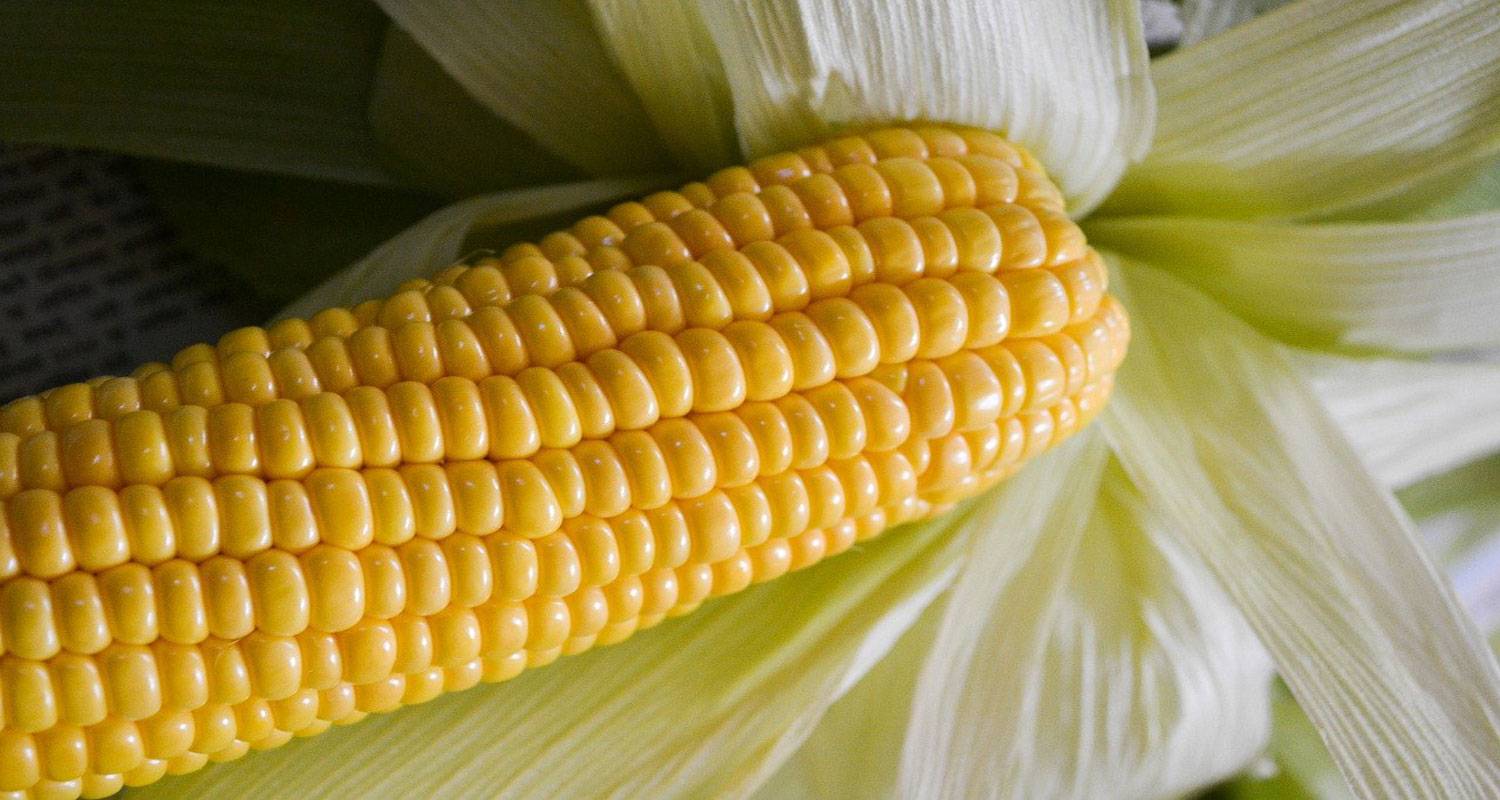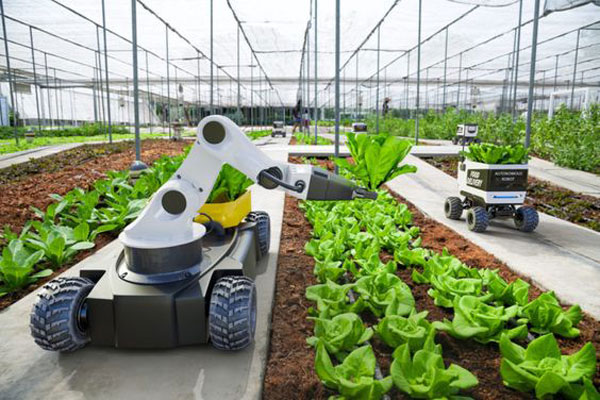Crops
Maize

Maize
Maize (Zea mays), commonly known as corn, originated in southern Mexico around 9,000 years ago. It was domesticated by indigenous peoples and later spread across the Americas before being introduced to the rest of the world by European explorers. Today, maize is one of the most widely grown crops globally.
Global Area and Production
Maize is grown on approximately 197 million hectares worldwide, making it the third most cultivated crop after wheat and rice. The largest producers are the United States, China, and Brazil. India ranks among the top ten maize producers, with over 9 million hectares dedicated to its cultivation.
Uses of Maize
- Food Products: Maize is a staple food in many parts of the world, used in products like cornmeal, tortillas, and popcorn. It is also a key ingredient in processed foods such as cornflakes and corn syrup.
- Animal Feed: A significant portion of maize is used as livestock feed, especially in the poultry and dairy industries.
- Industrial Uses: Maize is a key raw material in the production of biofuels (ethanol), starch, and various industrial products, including biodegradable plastics.
- Medicinal Uses: Maize is a good source of fiber, vitamins, and antioxidants, which promote digestive health and reduce the risk of chronic diseases.
Maize Cultivation in India
Major Producing States
The major maize-producing states in India are Karnataka, Madhya Pradesh, Maharashtra, Rajasthan, and Uttar Pradesh. These states account for the majority of maize cultivation, which occurs during both the Kharif (monsoon) and Rabi (winter) seasons.
Climate Requirements
- Temperature: Maize thrives in warm, tropical climates, with an ideal temperature range of 21-30°C. It is sensitive to frost and requires consistent warmth throughout its growing season.
- Rainfall: Maize requires moderate rainfall (500-800 mm) for optimal growth, particularly during the early stages. However, waterlogging can damage the crop, so well-drained soil or proper irrigation is essential in regions with heavy rainfall.
Soil Requirements
Maize prefers well-drained loamy or sandy loam soils that are rich in organic matter. The ideal pH for maize cultivation is between 5.5 and 7.0. Proper nutrient management, including nitrogen, phosphorus, and potassium, is crucial for high yields.
Blog
Explore Our Blog

About Us
Welcome to Agriplaza
Welcome to Agriplaza. India's first and only comprehensive digital platform dedicated to agriculture and farmers. Explore widest range of related data our figures speaks a lot.
736039
Visitors
239
Diseases
131
Pests




